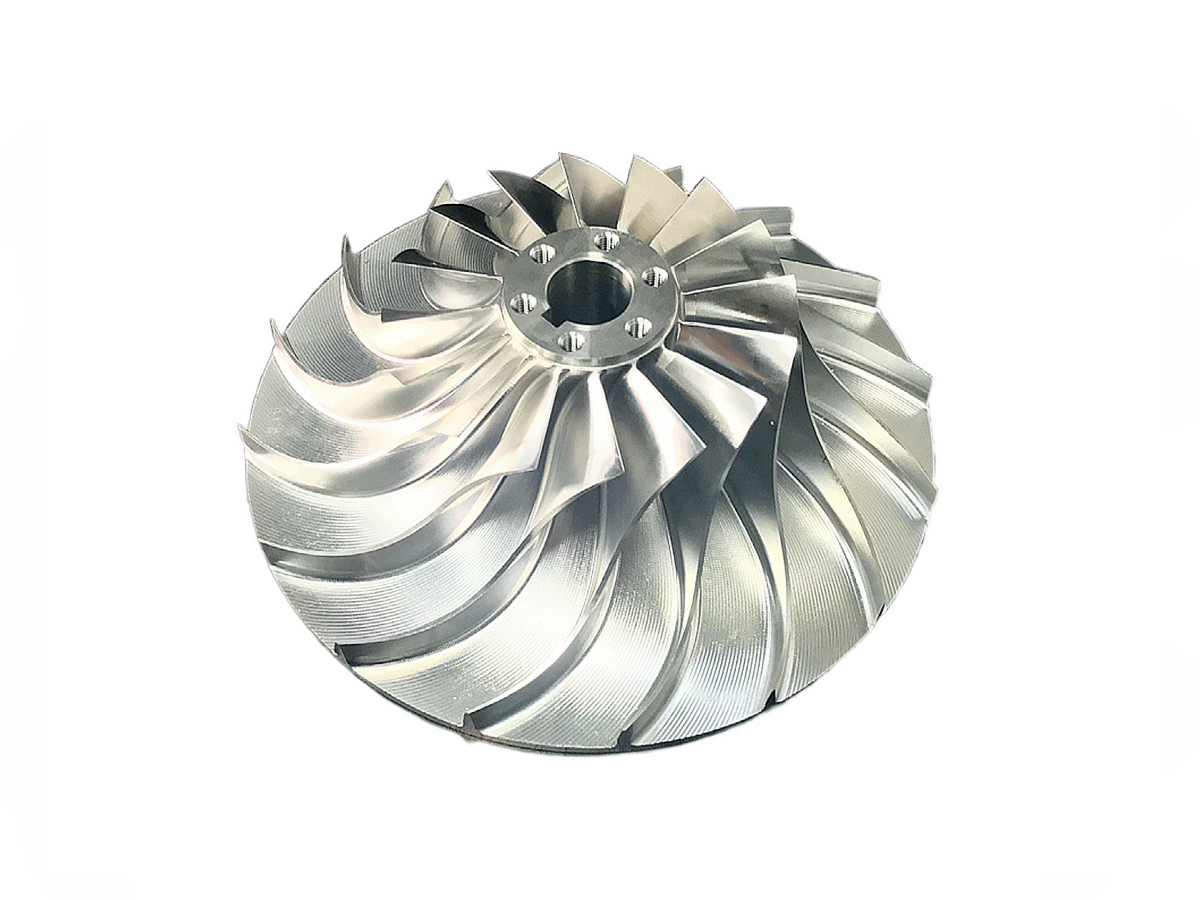Precision CNC Machining for Engine Components in the Automotive Industry
Introduction to CNC Machined Engine Components
Engine components are central to automotive performance, fuel efficiency, and reliability, demanding exact precision, durability, and consistency. Advanced CNC machining technologies deliver precisely engineered engine parts such as cylinder heads, pistons, crankshafts, connecting rods, valve covers, and intake manifolds. These components are commonly crafted from materials like aluminum alloys (6061, 7075), alloy steels (4140, 4340), stainless steels (SUS630), and titanium alloys (Ti-6Al-4V), chosen for their mechanical strength, thermal stability, and lightweight properties.
Specialized CNC machining services provide automotive manufacturers with precision parts that enhance engine efficiency, power output, and operational longevity.
Material Performance Comparison for Engine Parts
Material | Tensile Strength (MPa) | Density (g/cm³) | Thermal Stability | Typical Applications | Advantage |
|---|---|---|---|---|---|
310-345 | 2.70 | Excellent | Intake manifolds, valve covers | Lightweight, good thermal conductivity | |
540-570 | 2.80 | Excellent | Pistons, cylinder heads | High strength-to-weight ratio | |
745-1080 | 7.85 | Outstanding | Crankshafts, connecting rods | Exceptional strength and fatigue resistance | |
950-1100 | 4.43 | Exceptional | Valves, high-performance rods | Superior strength, low weight |
Material Selection Strategy for CNC Machined Engine Parts
Choosing the appropriate materials for CNC machined engine components depends on criteria such as strength, thermal resistance, fatigue durability, and weight reduction:
Aluminum 6061-T6 is optimal for intake manifolds and valve covers, providing excellent thermal conductivity, moderate strength (up to 345 MPa), and substantial weight savings, contributing to fuel efficiency and performance.
Aluminum 7075-T6 is favored for high-stress components like pistons and cylinder heads due to its exceptional tensile strength (up to 570 MPa), lightweight properties, and superior thermal stability under demanding conditions.
Alloy Steel 4340 is selected for critical internal engine components such as crankshafts and connecting rods because of its high tensile strength (up to 1080 MPa), outstanding fatigue resistance, and overall durability.
Titanium Ti-6Al-4V offers exceptional strength (up to 1100 MPa) with significantly lower density, ideal for valves and high-performance connecting rods, enhancing both power delivery and efficiency.
CNC Machining Processes for Engine Components
CNC Machining Process | Dimensional Accuracy (mm) | Surface Roughness (Ra μm) | Typical Applications | Key Advantages |
|---|---|---|---|---|
±0.005-0.02 | 0.4-1.6 | Cylinder heads, manifolds | High precision, complex geometry | |
±0.005-0.01 | 0.4-1.2 | Crankshafts, pistons | Rotational accuracy, consistency | |
±0.002-0.005 | 0.1-0.4 | Camshafts, valve seats | Exceptional accuracy, fine surface finishes | |
±0.005-0.01 | 0.2-0.8 | Complex engine components | Intricate shapes, reduced machining setups |
CNC Process Selection Strategy for Precision Engine Parts
Effective selection of CNC machining methods ensures maximum precision, efficiency, and reliability of automotive engine components:
Precision CNC Milling delivers accurate and intricate shapes for components like cylinder heads and intake manifolds, maintaining strict dimensional accuracy (±0.005-0.02 mm), essential for efficient engine combustion.
CNC Turning is ideal for symmetrical engine components such as crankshafts and pistons, ensuring exact rotational precision (±0.005 mm), critical for smooth operation and engine balance.
CNC Grinding provides ultra-high precision (±0.002-0.005 mm) and refined surface finishes necessary for camshafts, valve seats, and other precision components, enhancing engine performance and reducing wear.
5 Axis CNC Machining enables the manufacturing of complex, multi-dimensional engine parts with superior accuracy (±0.005 mm), significantly reducing setups and improving overall part quality.
Surface Treatment Performance Comparison for Engine Components
Treatment Method | Surface Roughness (Ra μm) | Wear Resistance | Corrosion Resistance | Surface Hardness | Typical Applications | Key Features |
|---|---|---|---|---|---|---|
0.4-1.0 | Excellent | Excellent (≥1000 hrs ASTM B117) | HV 400-600 | Aluminum manifolds, pistons | Enhanced corrosion protection | |
0.4-1.2 | Exceptional | Good | HRC 55-62 | Crankshafts, connecting rods | Superior hardness, fatigue life | |
0.2-0.6 | Exceptional | Good (≥500 hrs ASTM B117) | HV 900-1200 | Camshafts, crankshafts | Increased surface hardness, wear resistance | |
0.8-1.6 | Moderate | Excellent (≥1000 hrs ASTM B117) | Unchanged | Stainless steel engine components | Excellent corrosion resistance |
Typical Prototyping Methods for Engine Components
CNC Machining Prototyping: Produces highly accurate prototypes (±0.005 mm tolerance) critical for performance validation and design optimization of engine parts.
Metal 3D Printing (Powder Bed Fusion): Quickly fabricates intricate prototype components with ±0.05 mm accuracy, enabling early-stage engine performance evaluation.
Rapid Molding Prototyping: Efficiently generates functional prototypes for rigorous thermal and mechanical testing in realistic engine environments.
Quality Assurance Procedures
CMM Inspection (ISO 10360-2): Dimensional verification within ±0.005 mm for precise component fitment.
Surface Roughness Testing (ISO 4287): Confirms compliance with standards (Ra ≤0.8 µm).
Mechanical & Fatigue Testing (ASTM E8/E466): Ensures durability under operating conditions.
Non-Destructive Testing (ASTM E1444, ASTM E2375): Detects internal flaws in critical engine parts.
ISO 9001 Traceability: Ensures thorough documentation and compliance with automotive standards.
Industry Applications
High-performance automotive engines
Motorsport and racing components
Luxury vehicle engine upgrades
Related FAQs:
What materials provide optimal performance for engine components?
How does CNC machining improve engine efficiency and performance?
Which surface treatments enhance durability of engine parts?
Why is prototyping critical for automotive engine components?
What quality assurance methods ensure reliability in CNC machined engine parts?

